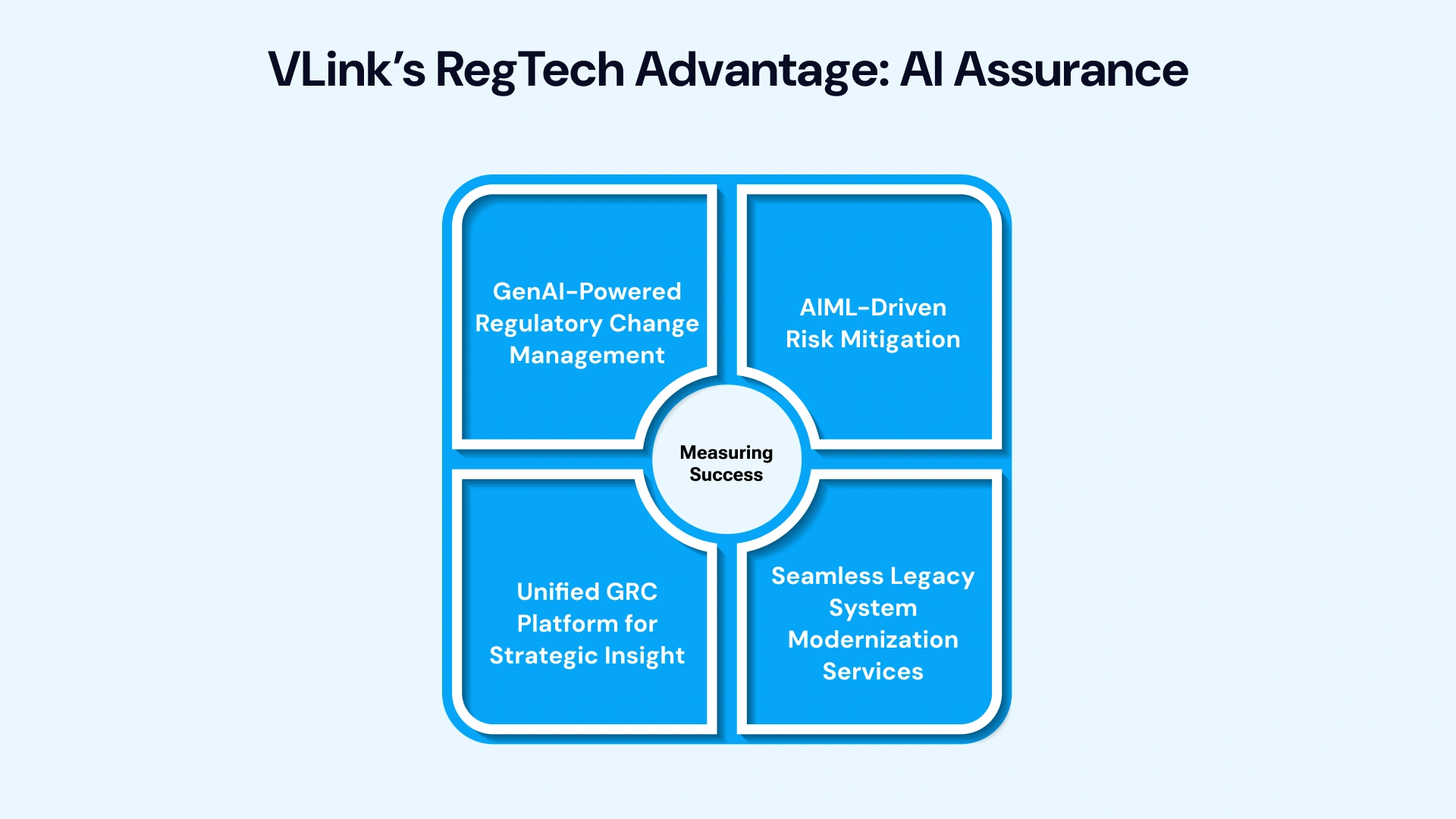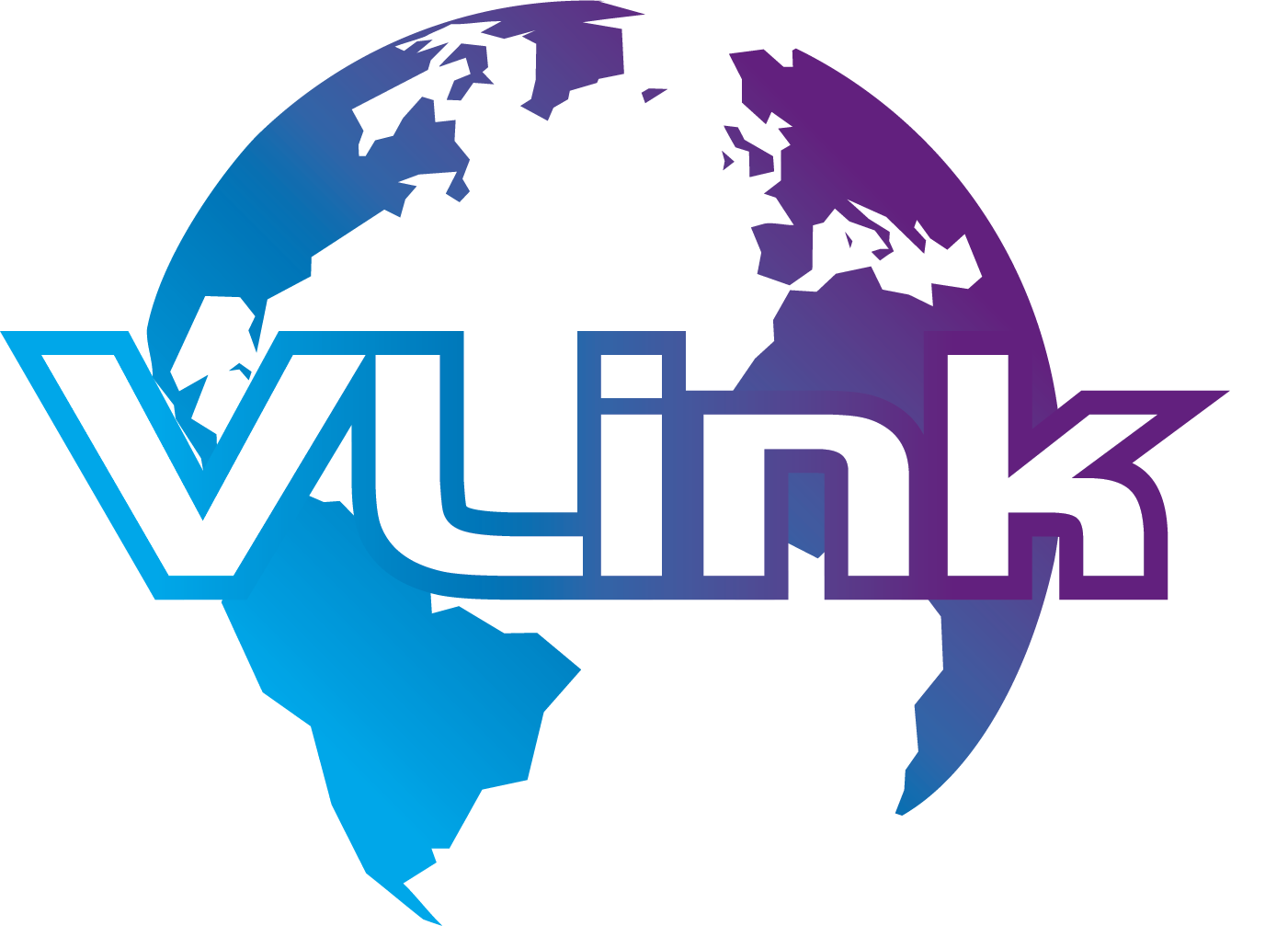The global financial system operates at the speed of light, yet much of its compliance infrastructure remains stuck in the analog past. For compliance leaders, Chief Information Officers (CIOs), and Chief Operating Officers (COOs) in the capital markets—spanning major institutions to agile private equity firms in New York and across North America—this dichotomy is unsustainable.
The growing cost of compliance, coupled with the escalating risk of regulatory fines, mandates a fundamental shift in how risk is managed and reported. The strategic solution is clear: Regulatory technology for capital markets, universally known as RegTech.

This explosive growth underscores the immediate transition required across the industry. RegTech is more than just a software upgrade; it represents the convergence of advanced data analytics, Artificial Intelligence (AI), and secure cloud infrastructure to create real-time compliance solutions. These platforms replace sluggish, error-prone manual oversight with predictive, automated intelligence.
The strategic objective is to transform compliance from a reactive, labor-intensive cost center into a proactive, value-generating strategic function. This in-depth blog provides a strategic roadmap for adopting RegTech in financial services, detailing the mechanics of regulatory compliance automation, the transformative power of Generative AI (GenAI), and a clear path to achieving real-time compliance solutions across your organization.
The Shift from Legacy Systems to Automated RegTech
For decades, financial institutions relied on fragmented, often bespoke, systems cobbled together across departments. While these systems performed their primary function, they were never designed to handle the complexity, volume, and speed of modern regulatory requirements.
Legacy Compliance Systems Limitations: The Stranglehold of Manual Oversight
The inefficiencies of traditional compliance processes are not just administrative headaches; they are existential business risks. These challenges are endemic across firms still relying on legacy compliance systems' limitations:
Heavy Manual Intervention: Compliance teams spend countless hours on mundane, repetitive tasks like data reconciliation, spreadsheet management, and document review. This manual oversight not only drains resources, consuming a disproportionate share of the tech budget, but also drastically increases the potential for human error. A single manual data entry mistake can cascade into an incorrect regulatory filing, resulting in massive fines and reputational damage.
Siloed Data and Blind Spots: Information crucial for compliance—such as trade data, client risk profiles, and communications records—is often trapped in separate, unintegrated systems. This lack of centralized data visibility prevents a holistic view of institutional risk, creating regulatory blind spots that auditors and regulators are quick to flag.
- Slow Response to Regulatory Change: When a new rule (like an update to the Bank Secrecy Act or an international sanctions list) is published, the traditional process requires weeks, sometimes months, to manually interpret the legal text, map the requirements to internal controls, and implement the necessary changes across the institution. This sluggishness leaves firms exposed to compliance gaps.
- Lack of Scalability: Legacy infrastructure cannot keep pace with the exponential growth in market data and transaction volumes. During periods of market volatility or rapid business expansion (a common challenge for RegTech in private equity firms), manual processes become a critical bottleneck, hindering business agility.
The evidence is overwhelming: Manual processes are not only costly but are fundamentally incompatible with the dynamic regulatory landscape of global capital markets.
Modernizing Compliance Operations with Automated RegTech
The solution is a comprehensive reboot that moves beyond mere digitization to intelligent automation. Automated regulatory technology for capital markets, spearheaded by RegTech in financial services, replaces these error-prone, slow workflows with centralized, intelligent platforms.
This transition is a multi-step strategic undertaking often facilitated by specialized Capital Markets IT Services. It requires legacy system modernization services that use APIs and microservices to integrate new RegTech platforms without completely dismantling core banking systems.
- Technology Foundation: The shift moves away from on-premise, fragmented databases toward secure, highly scalable cloud-based RegTech platforms. The cloud offers the processing power and flexibility needed for real-time data analysis.
- Core Function: Compliance evolves from simple checkbox checking to sophisticated regulatory data analytics. This capability enables firms to identify patterns, assess risks, and calculate exposure across the entire enterprise.
- Intelligent Automation at Scale: The process begins with adopting specialized compliance automation software capable of handling high-volume tasks. This includes AIML-powered KYC automation and compliance monitoring automation—shifting from quarterly manual reviews to continuous, instant vigilance.
The result is a fundamental improvement in operational efficiency in compliance. By transitioning from paper and spreadsheets to an intelligent, digital core, firms achieve regulatory compliance that is accurate, consistent, and audit-ready at all times.
How RegTech Powers Real-Time Compliance Solutions
The definitive advantage of modern RegTech is its capacity to deliver real-time compliance solutions. This means that compliance is no longer a historical activity (checking yesterday's work) but a continuous process integrated into every transaction and decision.
The Mechanisms of Real-Time Compliance
Achieving 'real-time' status relies on several integrated and automated RegTech functions:

Regulatory Reporting in Real-Time:
One of the most significant burdens is the need for regulatory reporting software and the requirement to submit accurate, structured data (e.g., using XBRL standards) to various global authorities. RegTech solutions automate the entire reporting lifecycle:
- Data Aggregation: Centralizing data from disparate trading, risk, and ledger systems.
- Data Validation: Using AI to check the data quality and structure against the required regulatory schema.
- Automated Submission: Generating and submitting reports instantly, reducing reporting cycles from days or weeks to mere hours. This capability ensures accurate, timely reporting, thereby avoiding penalties associated with delayed or incorrect filings.
Automated Transaction Monitoring Systems:
This is the heart of real-time vigilance. Instead of relying on manual sampling or rule-based systems that generate massive numbers of false positives, RegTech uses advanced algorithms to monitor millions of transactions in real time.
Automated transaction monitoring systems use behavioral models and network analysis to identify suspicious patterns indicative of market abuse, insider trading, or money laundering, flagging only high-risk anomalies for human review.
Next-Gen Security Compliance Automation:
Compliance extends beyond financial reporting to encompass the firm's security posture. Modern RegTech ensures adherence to critical standards:
SOC 2 Automation: Automating the evidence collection and control testing required for security audits like SOC 2, ensuring continuous compliance with internal and external security policies.
Automated IT Security Policy Compliance: Continuously checking system configurations against the firm's established security policies, instantly remediating deviations, and ensuring robust security compliance automation.
Achieving Governance, Risk, and Compliance (GRC) Synergy
Effective RegTech for capital markets unifies the traditionally siloed functions of governance, risk management, and compliance. This integration provides a unified, comprehensive view of risk across the enterprise.
The best governance, risk management, and compliance tools now sit on a shared platform, providing:
- Comprehensive Visibility: A centralized dashboard that provides a real-time status of compliance adherence, risk exposure, and internal control effectiveness.
- Automated Compliance Testing: The system doesn't just check for breaches; it proactively and continuously tests the effectiveness of internal controls. For example, the system can test every change made to a critical database against its security policy, a core aspect of database compliance automation. This dramatically increases risk mitigation through RegTech by identifying control weaknesses before they lead to a breach.
- Data-Driven Decision-Making for Compliance: Compliance officers shift from retrospective investigation to predictive strategy. They leverage the rich insights from regulatory data analytics to make proactive decisions on resource allocation, policy adjustments, and strategic expansion, informed by real-time risk profiles.
With this level of integration, firms regularly achieve compliance accuracy above 95%, transforming the compliance function from a necessary administrative function into a source of competitive advantage.
The Role of AI and GenAI in Capital Markets Compliance
Artificial Intelligence (AI) and Machine Learning (ML) have long been crucial components of regulatory technology in capital markets, enabling capabilities such as fraud detection and pattern recognition. However, the emergence of GenAI in capital markets is unlocking the next wave of compliance transformation.
GenAI in Capital Markets: The Next Frontier of Automation
Generative AI, particularly Large Language Models (LLMs), excels at interpreting unstructured data—the very foundation of regulatory burden:
- Regulatory Change Management Automation: New regulations arrive as dense, complex legal documents. Traditionally, lawyers and compliance officers spend weeks manually reading, interpreting, and summarizing these texts. GenAI can ingest thousands of pages of new rules (e.g., updates to ESG disclosure mandates or cross-border trading rules), instantly summarize the changes, identify the clauses relevant to the firm's specific business lines (trading, asset management, private equity), and map them directly to existing internal policies and controls. This ensures rapid adaptation and minimizes compliance lag.
- The Compliance Monitoring Agent for Finance: Advanced AI agents that utilize deep learning go beyond simple rule-based monitoring. They establish "normal" behavior patterns for traders, clients, and counterparties. The Compliance Monitoring Agent for Finance can then flag subtle, complex anomalies that human review or basic systems would miss—for instance, a sequence of correlated trading activities across different accounts—predicting potential compliance risks before they materialize into market manipulation or misconduct.
AI Model Governance in BFSI: Ensuring Trust and Transparency
As AI takes on increasingly critical decision-making roles—from approving loan applications to flagging complex trades—regulators are demanding transparency and accountability. This is where robust AI Model Governance in BFSI becomes non-negotiable.
Firms operating in this space must adhere to a strict framework to ensure their algorithms are responsible, reliable, and compliant:
- Explainable AI in Compliance (XAI): Regulators require that the decision-making process of an AI model is understandable and auditable. Explainable AI in compliance ensures that, if a loan is denied or a transaction is flagged, the system can provide a clear, traceable explanation for the decision. This is essential for upholding consumer rights and preventing arbitrary or biased decisions.
- Model Risk Management (MRM): This governance component ensures that all AI/ML models are rigorously validated, regularly stress-tested for bias, drift, and unexpected outcomes, and continuously monitored post-deployment.
- RegTech Integration with Legacy Systems: AI/ML solutions often serve as the intelligent middleware. They can connect to and interpret data from older, disparate systems, normalizing and enriching it before feeding it to modern regulatory platforms. This layer enables a practical, phased RegTech integration with legacy systems, mitigating the "rip and replace" risk.
ROI: Operational Efficiency and Cost Reduction Through Automation
For the CIO and CFO, the case for RegTech adoption boils down to demonstrable return on investment (ROI). The transformation delivers significant cost reduction through automation and enhances efficiency across the enterprise.
- Cost Savings from Reduced Labor: By automating high-volume, low-complexity tasks (KYC/AML screening, daily data reconciliation, report generation), firms reduce the need for manual headcount in repetitive roles.
- Avoided Costs of Non-Compliance: The average regulatory fine for non-compliance in a significant market can efficiently run into hundreds of millions. Proactive, real-time compliance solutions drastically lower the risk of these catastrophic financial penalties.
- Enhanced Operational Efficiency in Compliance: Compliance staff are elevated to strategic, analytical roles. Instead of manually filling forms, they use their expertise for complex investigations, scenario analysis, and guiding business strategy, adding greater value back to the firm.
RegTech in Private Firms and Private Equity
While central tier-one banks have historically led RegTech adoption, the most aggressive recent growth has been in the private markets. Private equity firms and other sophisticated private firms are finding automated regulatory technology for capital markets essential for navigating their uniquely complex regulatory environment.
Compliance Pressures in Private Markets
Private firms face intense and evolving pressures:
- Heightened SEC Scrutiny: The U.S. Securities and Exchange Commission (SEC) has significantly increased its focus on private funds, demanding greater transparency in fee structures, portfolio valuations, and investor reporting.
- Cross-Border Obligations: Global funds must adhere to a patchwork of regulations (e.g., AIFMD, KYC/AML rules across dozens of jurisdictions), making compliance automation software a necessity for scalability.
- ESG-Focused Investor Demands: Limited Partners (LPs) increasingly require sophisticated, auditable reporting on Environmental, Social, and Governance (ESG) criteria. Manual ESG data collection is impossible at scale across a portfolio of private companies.
The Role of RegTech in Private Equity Compliance and Reporting
The role of RegTech in private equity compliance and reporting is transformative, addressing these specific pain points:

- Digital Transformation in Capital Markets for PE: RegTech platforms digitize the fund management lifecycle. They streamline the intake of investor and entity information, using AIML-powered KYC automation to verify identities and perform instant sanctions screening.
- Centralized Data Repositories: Private funds manage data fragmented across portfolio companies. RegTech solutions provide a centralized, auditable data repository for entity and investor information, crucial for maintaining compliance and generating accurate reports.
- Standardized and Automated Regulatory Reporting: RegTech automatically structures, validates, and generates required filings, including Form PF, Form ADV, and complex jurisdictional reports, ensuring data consistency and timeliness.
- Risk Mitigation Through RegTech: Real-time dashboards provide fund managers with instant visibility into jurisdictional conflicts, counterparty risk, and portfolio-level compliance status, enabling proactive adjustments to investment strategies.
The application of automated RegTech in capital markets for this segment ensures that compliance is a streamlined operational process rather than a significant barrier to growth and global expansion.
Case Studies, Benefits, and The Implementation Roadmap
The theoretical benefits of RegTech are compelling, but its true power is best illustrated by successful, real-world transformations that demonstrate the value of real-time compliance.
Examples of Regulatory Technology for Capital Markets
Case Study 1: Transforming Regulatory Change Management
- Setting: A top-tier North American investment bank operating across multiple jurisdictions.
- Challenge: Lagging response time to regulatory updates; high reliance on manual legal interpretation and policy adjustments, leading to compliance coverage dipping below 75% in some critical areas.
- Solution: Implementation of a cloud-based RegTech platform using GenAI and NLP to monitor global regulatory feeds. The system automatically cross-referenced new regulations against internal policies and suggested necessary changes to controls.
- Result: Compliance coverage rose to over 95%. The time required to implement a significant regulatory change (e.g., a new market standard) was cut by 80%, seamlessly integrating the platform with existing governance, risk management, and compliance tools.
Case Study 2: AML and Fraud Detection Efficiency
- Setting: A major global financial institution with high transaction volumes.
- Challenge: An older rule-based AML system generated an overwhelming volume of "false positives," drowning analysts in non-suspicious alerts and delaying critical investigations.
- Solution: Deployment of a new AI-powered automated transaction monitoring system utilizing behavioral biometrics and deep network analysis.
- Result: Risk mitigation through RegTech soared. The institution achieved fraud-detection rates exceeding 90% and reduced false positives by 66%. This massive increase in operational efficiency in compliance enabled analysts to focus solely on genuinely suspicious activity, significantly lowering investigation costs.
Case Study 3: Private Equity Investor Onboarding
- Setting: A rapidly expanding private equity firm managing diverse global funds.
- Challenge: Manual, lengthy investor onboarding process requiring repeated data entry and fragmented document collection across jurisdictions, resulting in friction with LPs.
- Solution: Adopted a specialized RegTech solution for capital markets that implemented AIML-powered KYC automation and centralized all entity data.
- Result: Investor onboarding time was reduced from several weeks to minutes. The firm achieved a "single-source-of-truth" data architecture, enabling effortless, accurate, and multi-jurisdictional regulatory reporting in real-time for complex ESG and AML regimes.
RegTech Implementation: Challenges and Mitigation
While the destination is clear, the journey to full RegTech adoption involves predictable RegTech challenges in implementation:
| Challenge | Impact on Adoption | Mitigation Strategy |
| Legacy System Integration | Incompatible data formats and rigid core systems hinder the deployment of modern solutions. | Utilize modular RegTech solutions with open APIs. Engage legacy system modernization services experts to build a reliable middleware layer. |
| Data Quality Issues | AI/ML models are useless if the underlying data is incomplete, inconsistent, or non-standardized. | Prioritize a data governance and standardization project before major platform deployment. The RegTech solution must include database compliance automation tools. |
| Operational and Cultural Resistance | Staff resist change, fearing job displacement or disruption to familiar workflows. | Focus on change management and training. Demonstrate how compliance monitoring automation frees staff to focus on strategic, high-value risk analysis. |
| Vendor Complexity | Choosing the wrong provider can lead to a system that lacks scalability or specialized functionality. | Establish strict RegTech vendor selection criteria focused on capital markets domain expertise and technological capability (AI, Cloud). |
RegTech Vendor Selection Criteria: A Compliance Leader's Checklist
Successful digital transformation hinges on selecting the right partners. When modernizing compliance operations, leaders must prioritize solutions built for the future:
1. Cloud-Native and Scalable: Demand cloud-based RegTech platforms built on secure, elastic infrastructure. The platform must scale seamlessly with transaction volume and data growth.
2. Explainable AI Mandate: Insist on robust explainable AI in compliance and transparent model governance frameworks, ensuring auditability and regulatory alignment.
3. Integration Power: The solution must be API-driven, capable of flexible RegTech integration with legacy systems and existing data warehouses.
4. Specialized Expertise: Choose providers with deep experience in Capital Markets IT Services in New York and other financial hubs, ensuring they understand the nuances of specific regulations (e.g., SEC, FINRA, OSFI).
5. Built-in Assurance: Prioritize solutions that include continuous, end-to-end automated compliance testing and embedded compliance monitoring automation from the ground up, reducing the reliance on separate audit tools.
Future-Proof Your Firm: Deploy VLink Regulatory Tech for Capital Markets
For Chief Compliance Officers, CIOs, and COOs wrestling with the limitations of legacy compliance systems and the high cost of manual oversight, the path forward requires a true strategic partner. VLink, as a specialist in Capital Markets IT Services in New York and across North America, delivers proprietary regulatory technology for Capital Markets engineered for the scale, complexity, and speed of global finance.
We don't just solve compliance problems; we embed real-time compliance solutions into your operating model, transforming risk management into a source of competitive advantage.
VLink’s Signature RegTech Advantage: AI-Driven Assurance
VLink's proprietary RegTech approach addresses the core challenges faced by major institutions and demanding RegTech in private equity firms, providing measurable ROI and unparalleled assurance:

- GenAI-Powered Regulatory Change Management: Our platform utilizes advanced GenAI in capital markets to continuously monitor, interpret, and map global regulatory changes (from SEC updates to new ESG mandates) to your internal controls. This compliance automation software ensures 80% faster reporting cycles, drastically cutting the time from rule issuance to full operational compliance.
- AIML-Driven Risk Mitigation: We go beyond traditional rule-based monitoring. VLink deploys sophisticated automated transaction monitoring systems and AIML-powered KYC automation that analyze behavioral biometrics and market data in real-time. This predictive intelligence drastically reduces false positives while enhancing fraud and market abuse detection, resulting in up to a 60% lower risk of regulatory breaches.
- Seamless Legacy System Modernization Services: Recognizing that a complete "rip and replace" is impractical, VLink excels at RegTech integration with legacy systems. Our dedicated team utilizes modular, API-driven architectures to integrate our cloud-based RegTech platforms smoothly, enabling operational efficiency in compliance without disrupting mission-critical core systems.
- Unified GRC Platform for Strategic Insight: VLink provides a centralized platform that unifies your governance, risk management, and compliance tools. This single source of truth enables robust regulatory data analytics, enabling compliance leaders to shift from reactive responses to proactive, strategic risk mitigation through RegTech.
By partnering with VLink, you secure a compliance function that is not only secure and compliant but is also nimble, accurate, and ready for the future of financial regulation.
Conclusion: From Manual Burden to Strategic, Real-Time Compliance
The era of legacy compliance systems' limitations is decisively over. Financial institutions and private equity firms in the US and Canada can no longer afford the cost, risk, and lack of agility inherent in manual oversight. The dynamic nature of global finance, coupled with evolving risks like cyber threats and complex sanctions, demands a modern, automated defense.
Regulatory technology in banking and capital markets is not just solving today's problems; it is future-proofing the industry. By adopting advanced regulatory reporting software, firms achieve seamless digitization of compliance workflows and robust security. This strategic shift transforms compliance from a cost center into a strategic, real-time function that drives better risk decisions and enhances competitive advantage.
The time to initiate this transformation is now. Embrace RegTech adoption to leverage regulatory data analytics, implement compliance automation software, and build an agile, defensible, and efficient compliance organization ready for the next decade of market complexity.
Ready to revolutionize your compliance operations with next-gen RegTech for capital markets? Explore the benefits of real-time compliance, regulatory reporting software, and AIML-powered compliance automation. For a tailored consultation on modernizing legacy systems or integrating governance, risk management, and compliance tools, contact our expert today.










 Shivisha Patel
Shivisha Patel
















